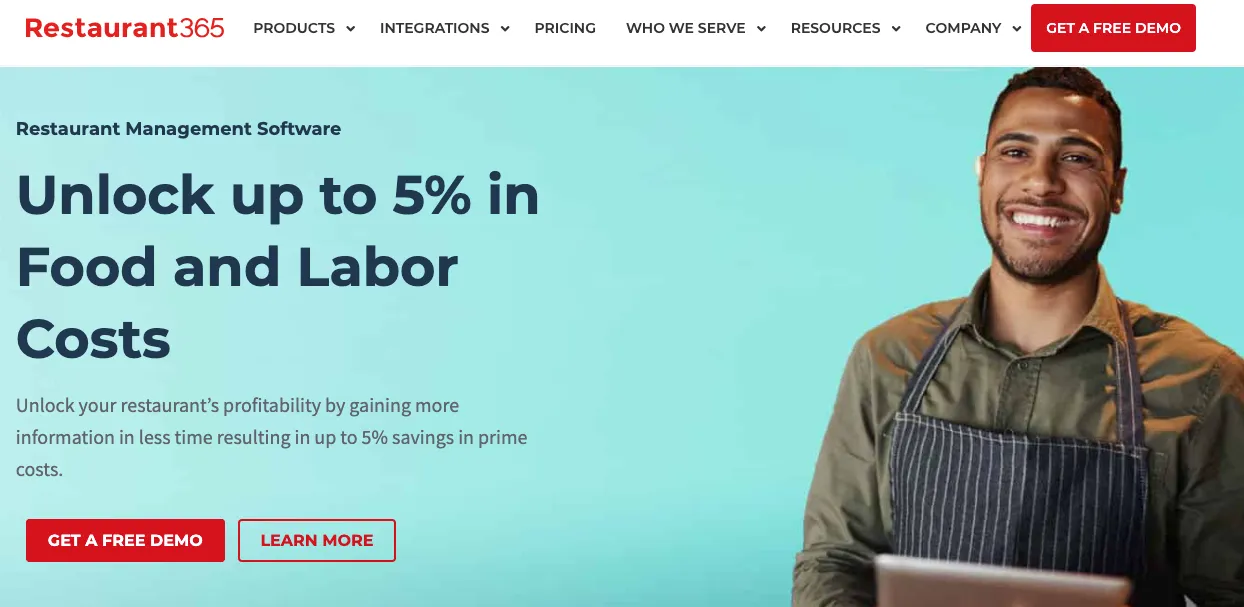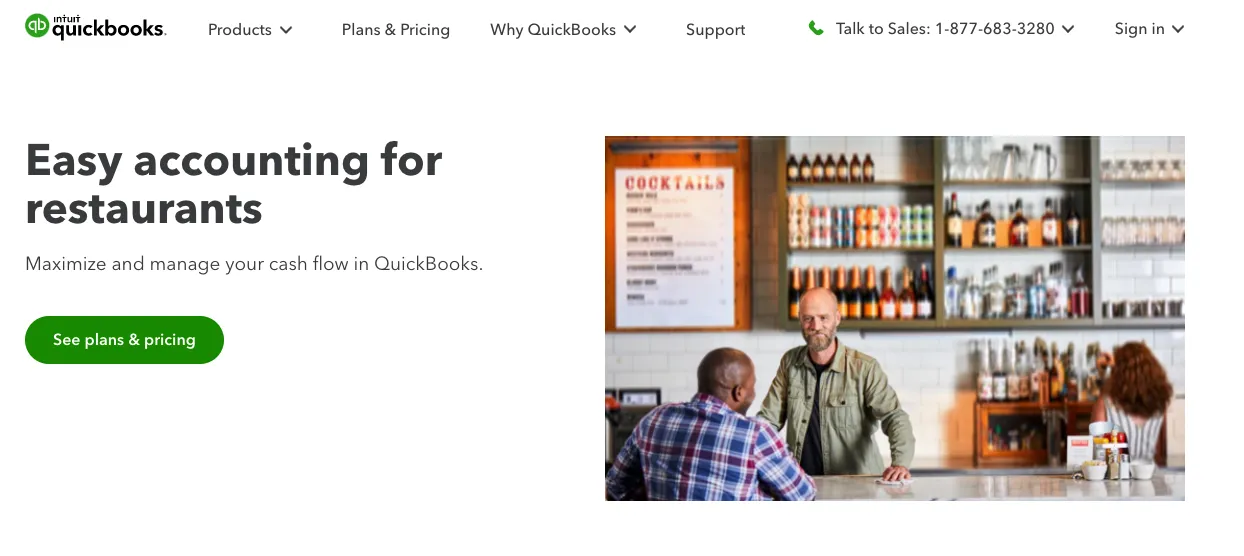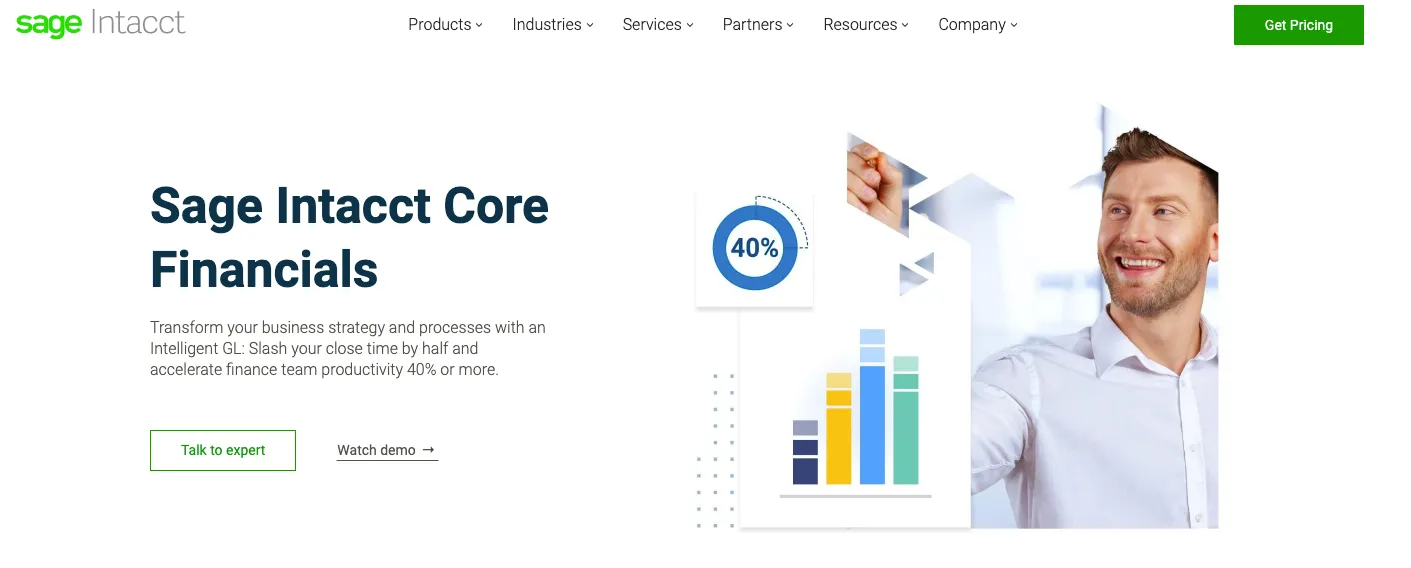Home » The Top Restaurant Accounting Software Solutions

Searching for a restaurant accounting software solution can feel overwhelming. There are many options out there. How can you choose the right one for you?
We’re here to help. At Global Shared Services, we’ve worked with hundreds of restaurant businesses and used a variety of accounting software solutions.
Want to learn more about what’s out there? Here’s our list of the best on the market today.

In our view, the best franchise restaurant accounting software is Restaurant365; it’s operationally comprehensive (meaning that it can manage all back-office functions) and it’s designed specifically for the restaurant context.
Restaurant365 is cloud-based, easily integrable, and, best of all, built to make restaurant accounting easier. Unlike other solutions on this list (like Quickbooks, for example), it’s built with the food and beverage industry in mind.
The features in Restaurant365 are geared toward 4-week / 13-period reporting, come equipped to handle multiple LLCs, and provides a centralized system for data across functions (kitchen, POS, payroll). All of this makes accounting seamless, especially at scale.
As a certified Restaurant365 partner, we’ve written in depth about Restaurant365 since we believe that it should be strongly considered as you evaluate accounting software for your franchise restaurant.

If you’re considering an accounting software solution, you’ve heard of QuickBooks.
This is the most ubiquitous accounting software for a reason: it’s robust and it can be used across a wide variety of industries, including within the restaurant industry.
Its drawback is that it’s general software; it’s not built specifically for the restaurant accounting environment. It’s not, for instance, set up to deal with 13-period reporting over 4-week spans or built to easily handle multiple LLCs. There are work-arounds (usually through third-party integrations), but these can become tenuous, especially at scale.

Sage Intacct is another industry leader. The solution’s powerful automation of complex processes and multi-dimensional data analysis provide most of the financial foundation that restaurant businesses need. Capabilities include processing accounts payable, accounts receivable, cash management, the general ledger, purchasing, and more.
Like QuickBooks’ online option, Sage Intacct is built on a true cloud system that allows account access from anywhere with internet. And, like QuickBooks, the platform’s main drawback is that it’s not built for the restaurant industry specifically. It’s robust feature set, though, makes it worth considering.
Global Shared Solutions is experienced in customizing Sage Intacct for restaurants to pull the reports and real-time dashboard data they need. Since this is a powerful and popular tool, GSS is also a Sage Intacct partner.

Bill.com is a bit different from the platforms we’ve discussed so far in that it’s primarily focused on helping business owners to create and send bills, send invoices, and get paid. It’s not a comprehensive accounting software, but the data it processes does support restaurant accounting functions.
At a basic level, it helps to streamline accounts receivable and accounts payable.
It’s worth noting that Bill.com is built for easy integration with several of the other accounting software options on this list, including Sage Intacct, QuickBooks, Oracle NetSuite, and Xero.
Here at GSS, we’re a Bill.com partner and are equipped with the technical knowledge and experience to configure the Bill.com integrations restaurants need for their AR and AP.

FreshBooks is nearly a direct competitor to QuickBooks. It fills the challenger spot in the market – it’s priced at a slightly lower cost and aimed more squarely at smaller businesses.
Like QuickBooks, FreshBooks is a general accounting software, built to service any and every industry. The platform offers invoicing, expense tracking, and even light project management tools inside of a cloud-based interface. It also offers a diverse array of integrations, with links to technologies from Google’s G Suite to Gusto’s HR platforms.
Stop Having trouble meeting franchisor requirements due to accounting or finance? -> Let’s Talk
Like other general platforms, it’s do-everything approach is also its drawback. It may work for small businesses, but it may cause inefficiencies at scale.